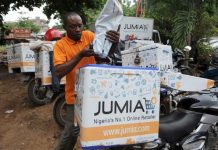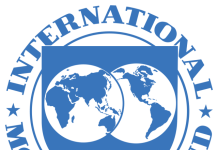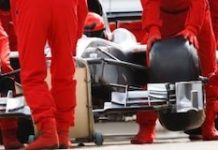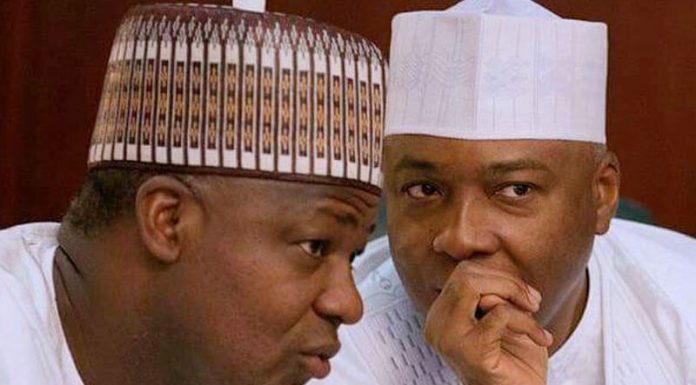Nigeria has attained the frequency control level required by member countries of the Economic Community of West Africa States (ECOWAS) to synchronise with and comfortably sell electricity to countries in the region and earn income, the Transmission Company of Nigeria (TCN) has disclosed. TCN, explained recently in Suleja that with the frequency control level now at 49.75 and 50.25 hertz, the country’s electricity grid can now be synchronised with that of other West African countries like Ghana and Ivory Coast, from which it can sell power to the countries. Speaking at the inauguration of a transmission transformer at its Suleja sub-station, the Managing Director of TCN, Mr. Usman Mohammed, stated that the TCN has with regards to the development, asked the West African Power Pool (WAPP) to synchronise Nigeria’s power grid with the rest of the region to enable it sell power to more countries other than Niger Republic; Togo and Benin Republic. Mohammed’s comment was also in line with the content of a recent statement by the General Manager, Public Affairs of TCN, Mrs. Ndidi Mba, in which she explained that Nigeria can now take advantage of the development to grow her power industry. “For the first time in the history of this country we are not just talking about expansion of the grid but also the quality of power, which is why in May 2017, we took a decision to impose frequency control where all the generators were forced to provide free governor and we achieved a frequency control of 49.5 and 50.5 hertz. We sustained this until November 2018. “We decided then to enforce the NERC standard of 49.75 and 50.25 hertz, and I am happy to tell you that from December 23, 2018 to date, we have achieved over 90 per cent of that frequency, and as at now, our frequency control is at the same level with Ghana and Ivory Coast, so we can easily be synchronised and we are now urging ECOWAS and WAPP to synchronise the energy between Nigeria and Ghana because we have achieved the frequency needed,” said Mohammed. Similarly, Mba, stated that while Nigeria’s grid code frequency standard was 49.75 and 50.25 hertz, that of WAPP countries was 49.80 and 50.20 hertz, adding that to ensure the entire region is synchronised into one, the executive board of WAPP obtained a grant from the World Bank to support the effort. She explained that a workshop on this also took place in Nigeria recently, as part of the World Bank grant which will equally be used to procure some specialised equipment to be installed at various international interface points. “The frequency control is the best ever achieved in the history of Nigeria and is also the best in West Africa as at today. The frequency control achieved from January 8 and 12, 2019, is the best so far by any power utility in West Africa. “TCN decided to further stabilise the frequency after the workshop on frequency control organised by the West African Power Pool in Nigeria. “Asmall taskforce was formed after the workshop to drive the achievement of the synchronisation effort. The team which comprise three engineers, all Nigerians are pioneering the effort with the support of generation companies. Nigeria has comparative advantage in power generation in West Africa. “However, the advantage cannot be optimised fully until power from the entire sub-region power is synchronised into one and necessary infrastructure constructed,” Mba noted. She also stated that the heads of states and governments of ECOWAS countries have approved the 2018 transmission and generation master plan for WAPP with the expectation that a 330kilovolt (kV) transmission line from Nigeria to Senegal would be built to enable grid connection between WAPP countries and countries in the Central Africa power pool on the one hand and North Africa power pool on the other hand. According to her: “The WAPP 2018 master plan includes, the eastern transmission backbone which will put in place 330kV double circuit (DC) transmission lines and substations from Calabar-Ikom-Ogoja-Kashimbila-Jalingo-Yola-Hong-Biu-Damaturu-Potiskum-Azare-Dutse and terminate in Jogana (Kano). “As part of WAPP priority, the eastern backbone will attract more concessionary funding from multinational resources of donor agencies. “The median transmission backbone which comprise 330kV DC line from Shiroro-Zungeru-Kainji-Parakuo to northern Ghana and finally end in Cote D’ ivoire is also part of the approved master plan.”
© African Voice Journal. Web Design By StapleDigital















